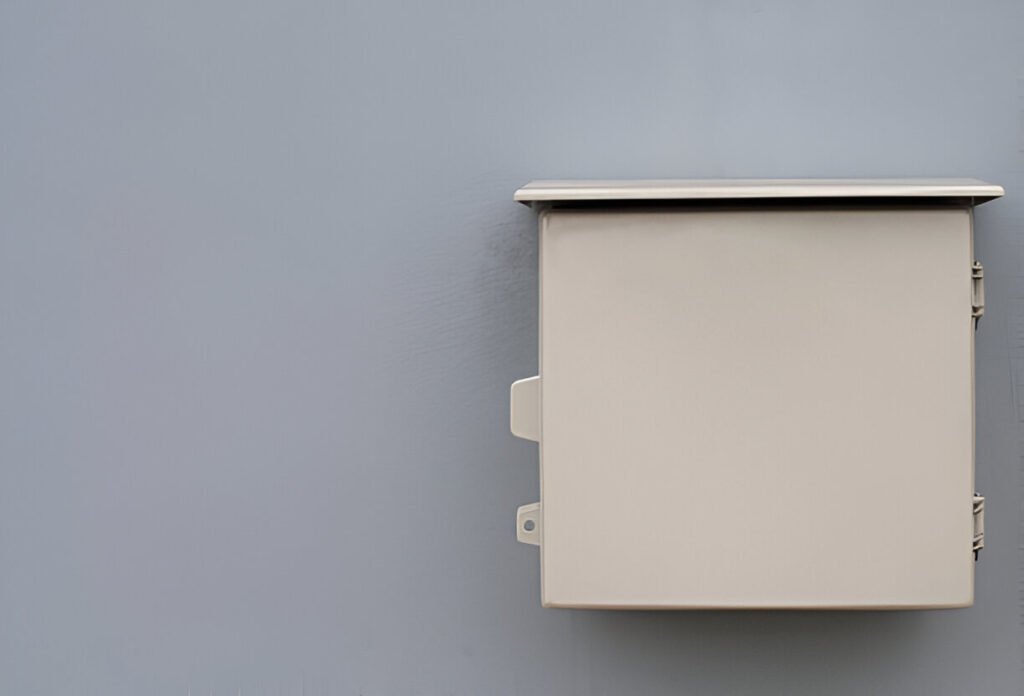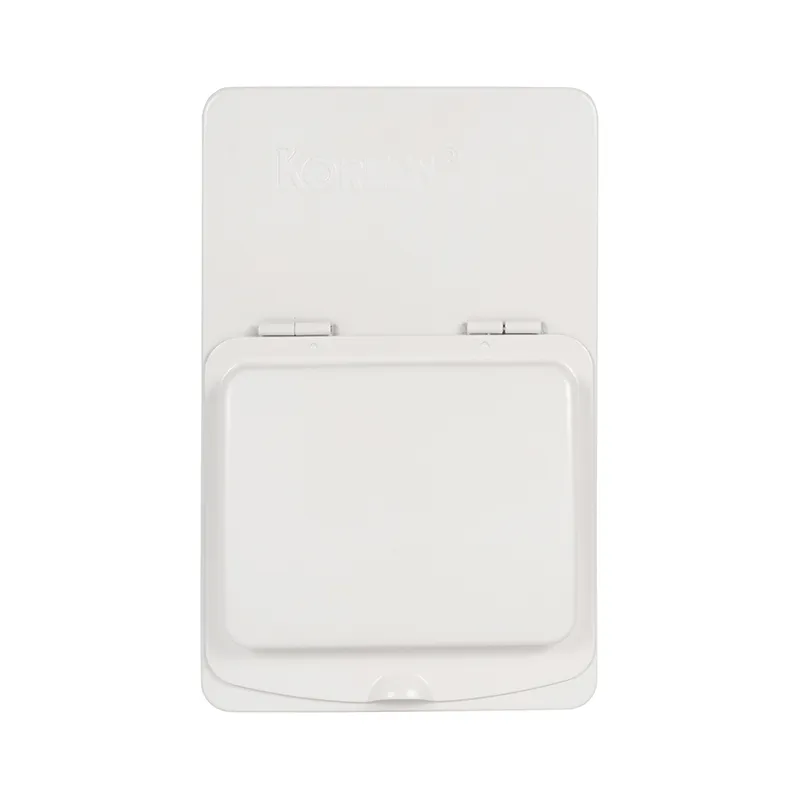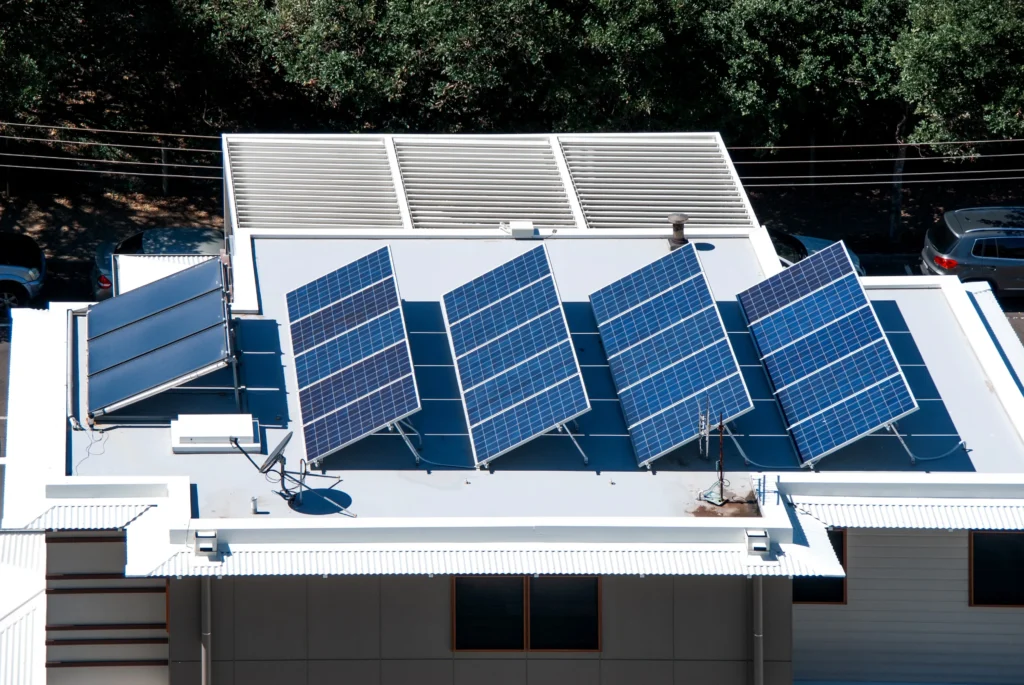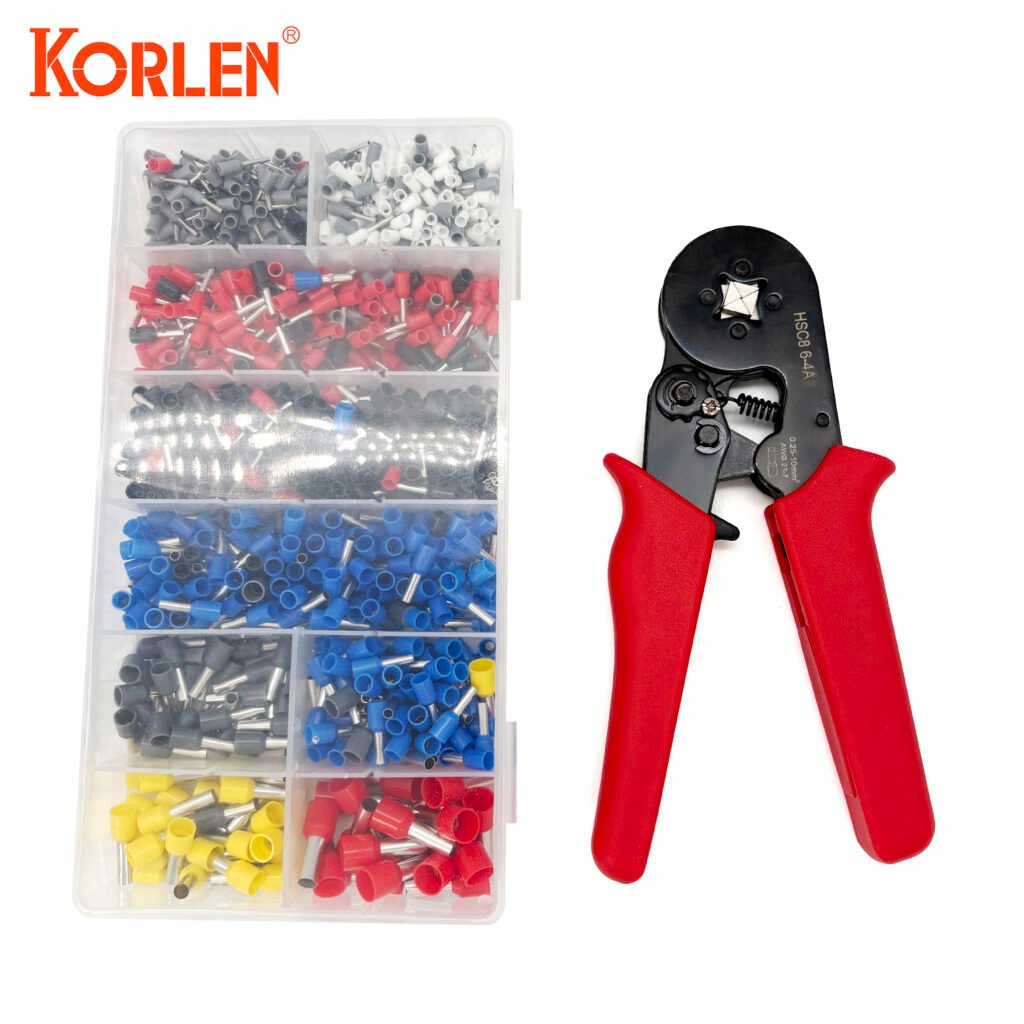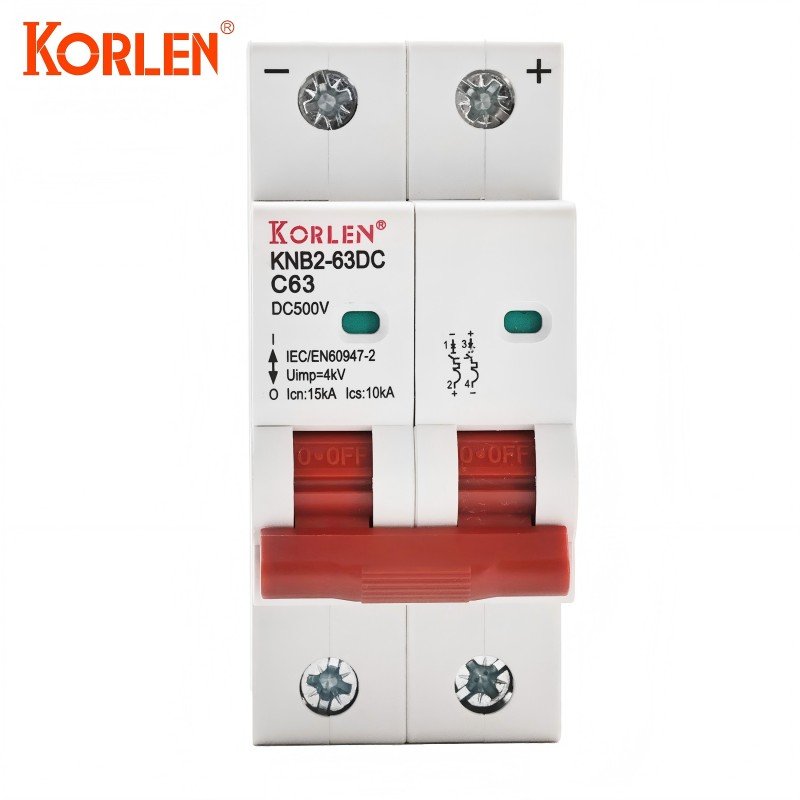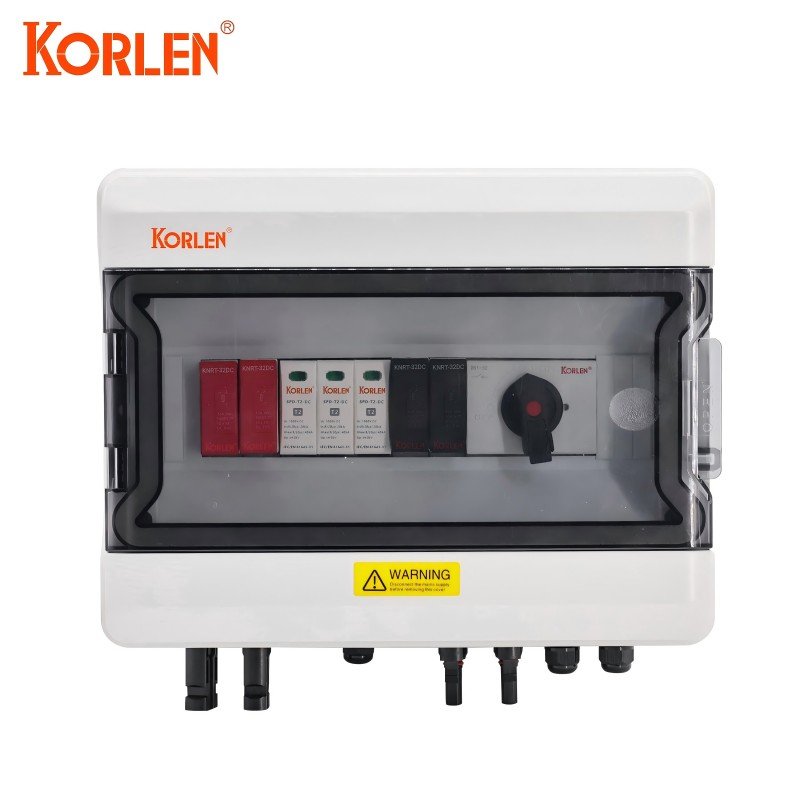Main Components Introduction
Welcome to the electrifying world of distribution box! These distribution box of our electrical systems are packed with components that work tirelessly to keep our power flowing safely and efficiently. Let’s unpack this powerhouse and explore its key players.
Structure and Function of Distribution Box Enclosure and Bracket
The enclosure and bracket are the dynamic duo that form the protective exoskeleton of your distribution box. The enclosure acts as a fortress, shielding the internal components from environmental threats like dust, moisture, and physical impacts. Meanwhile, the bracket serves as the steadfast foundation, ensuring your box stays put even in the face of vibrations or accidental bumps.
Working Principle and Selection of Circuit Breakers and Protection Switches
Circuit breaker and protection switches are the vigilant sentinels of your electrical system. These devices are designed to detect and react to electrical anomalies faster than you can say “short circuit.” When they sense an overload or fault, they spring into action, interrupting the circuit to prevent potential disasters like fires or equipment meltdowns.
Selecting the right circuit breaker is crucial. Factors to consider include:
- Amperage rating
- Voltage rating
- Interrupting capacity
- Type (e.g., thermal-magnetic, electronic)
Remember, the right breaker can mean the difference between a minor inconvenience and a major catastrophe.
Electrical Connection and Conductivity of Busbars and Bus Conductors
Busbars and bus conductors are the superhighways of your electrical system. These robust metal bars efficiently distribute power from the main supply to various circuits, minimizing energy loss along the way. Their design is critical – the material (usually copper or aluminum), cross-sectional area, and configuration all play a role in their performance.
Fun fact: The largest busbars can carry currents of up to 6,000 amperes! That’s enough to power about 1,500 average homes.
Types and Installation Methods of Terminal Blocks and Connectors
Terminal blocks and connectors are the social butterflies of your distribution box, facilitating connections between different components. From screw-type to spring-loaded varieties, these connectors come in a range of styles to suit various needs.
When installing, remember the 3 C’s:
- Clean: Ensure all surfaces are free from dirt and oxidation
- Correct: Use the right tool and technique for each type
- Tight: Secure connections prevent heat buildup and potential failures
Monitoring Functions and Applications of Voltmeters and Ammeters
Voltmeters and ammeters are the eagle-eyed observers of your distribution box. These instruments provide real-time data on voltage and current levels, allowing you to spot potential issues before they escalate.
Modern digital meters often come with additional features like:
- Data logging
- Remote monitoring capabilities
- Alarm functions for out-of-range values
These advanced features transform your distribution box from a passive power distributor to an active part of your energy management system.
Auxiliary Equipment and Safety Devices
Auxiliary equipment and safety devices are the unsung heroes that elevate your distribution box from good to great. These might include:
- Surge protector to guard against voltage spikes
- Indicator lights for quick status checks
- Smart monitoring systems for advanced diagnostics and control
Understanding the intricate components of a distribution box is more than just an academic exercise—it’s a crucial step towards ensuring the safety, efficiency, and reliability of your electrical system. From the protective enclosure to the vigilant circuit breakers, from the power-distributing busbars to the watchful meters, each element plays a vital role in the symphony of electrical distribution.
As we’ve explored, these components work in harmony to deliver power safely to where it’s needed, protect against potential hazards, and provide valuable insights into system performance. Whether you’re a homeowner, a facility manager, or an aspiring electrician, this knowledge empowers you to make informed decisions about your electrical infrastructure.
The next article: Installation and maintenance of distribution box; explains the installation steps, precautions, daily maintenance measures and troubleshooting of the distribution box.

